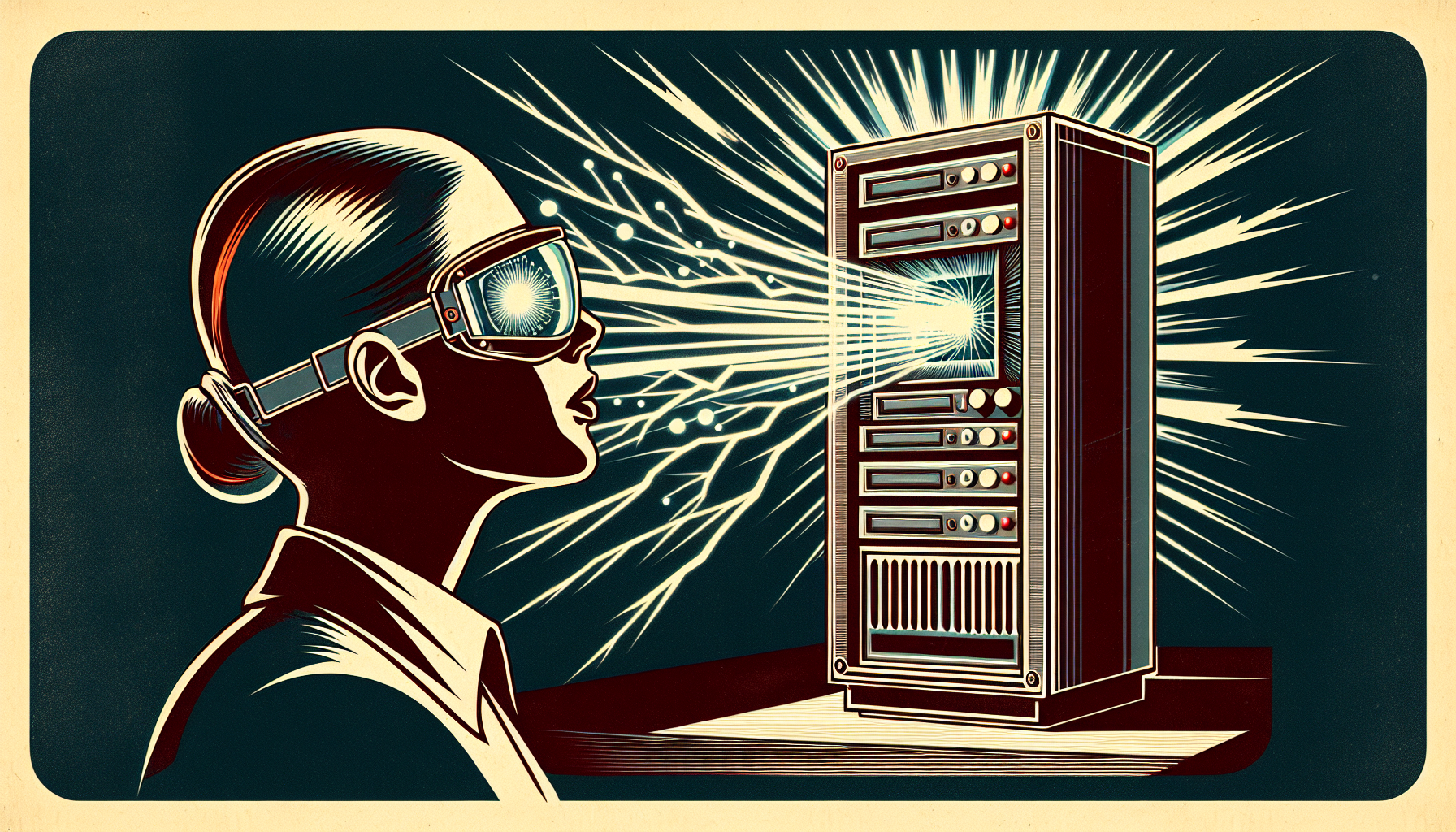Imagine a future where our computers think and process information as fast as light itself. This isn’t science fiction—it’s a groundbreaking reality being crafted by researchers at the Chinese University of Hong Kong. They have created an extraordinary laser-based artificial neuron, which mirrors the functions of biological nerve cells but at an unrivaled speed.
Speed and Efficiency
What makes this advancement truly astonishing is speed. This laser-based neuron processes data at 10 gigabits per second. Visualize this as a billion times faster than the natural neurons in our brains. With this technology, imagine analyzing 100 million heartbeats or 34.7 million digital handwritten images in just the blink of an eye.
Biological Neuron Mimicry
Biological neurons have two main types: graded and spiking. Graded neurons allow for nuanced processing through subtle shifts in their membrane potential, whereas spiking neurons use on-off signals for communication. This new artificial neuron cleverly replicates the graded type, achieving unparalleled precision and speed in handling signals.
Technology and Design
The magic lies in its design. The laser neuron uses cutting-edge chip-based quantum-dot laser technology. It is leaps and bounds ahead of old photonic spiking neurons, avoiding delays and minimizing complexity by channeling radio frequency signals into a specialized section of the laser. This not only quickens the process but makes the system energy-efficient.
Applications and Performance
Embedded into a reservoir computing system, the laser neuron shows spectacular promise. Such systems are finely tuned for reading time-sensitive data, making them perfect for tasks like voice recognition and predicting the weather. With an impressive accuracy rate of 98.4% in detecting heart irregularities, this new neuron is paving the path for enhanced AI performance in various fields.
Future Potential
The future is full of potential. Chaoran Huang, leading the research, envisions a network of these laser neurons, mimicking the brain’s vast web of billions of nerve cells. This could unleash AI’s immense capability, allowing systems to make swifter, more intelligent choices, all while curbing energy use.
Implications for AI and Computing
This stellar technology is a game-changer for AI, especially in edge computing, where devices handle data right where it’s gathered. Picture healthcare diagnostics, financial trading, or self-driving cars operating more rapidly and accurately than ever before, thanks to this innovation. Speed, accuracy, and reduced energy needs make this development critical for future AI systems.
In conclusion, the laser-based artificial neuron marks a monumental step in advancing AI and computing technologies. With its remarkable speed and ability to emulate biological neurons, it could dramatically transform AI industries, ushering in an era of highly sophisticated, real-time intelligent systems.

Leave a Reply